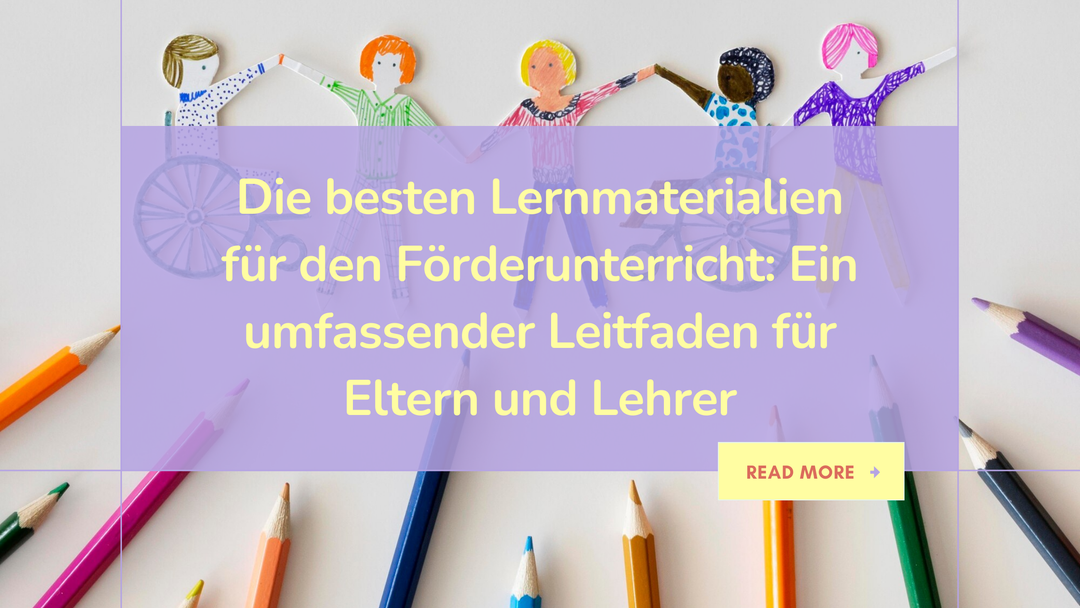Natureich educational toys for young and old - Part 1: Countering senile dementia with wooden toys
What is dementia and who is affected?

Dementia is an impairment of brain performance such as memory or other intellectual performance, which lasts over a longer period of time or becomes progressively worse. Older people over 65 years of age are particularly affected. The causes and the exact form of dementia can be very different. All forms of dementia have in common that mental performance is reduced or is completely lost over time. The term dementia is used to describe the occurrence of certain disease symptoms, whereby dementia diseases can be very different in terms of causes and the exact course.
The first symptoms of dementia are often short-term memory problems. At first, people become distracted and forgetful, later long-term memory is also affected. At a later stage, people with dementia increasingly lose their orientation and sometimes no longer recognize their relatives. The sick lose skills that they have acquired in the course of their lives. Gradually, the cognitive abilities are lost and the personality of those affected changes irreversibly. Symptoms can vary over time. For many sick people, the symptoms are stronger in the evening than in the morning and there are often better and worse days.
There are no precise figures that show how many people in Germany actually have dementia. However, there are estimates of the incidence of dementia from European studies. These show that around 2 percent of people in Germany were affected by dementia in 2016. The incidence of the disease increases with age. While only around 0.1 percent of people between the ages of 45 and 64 are affected, it is around 3.5 percent in the age group from 70 to 74 years, around 15.6 percent in the age group from 80 to 84 years and in of the age group of people over 90 years about 41.0 percent. Since women on average get older than men, significantly more women are affected by this so-called senile dementia. In addition, women in most age groups are slightly more likely to suffer from dementia than men.
What types of dementia are there and how often do they occur?
In the case of dementia, a distinction is made between primary and secondary dementias. Primary dementia is caused by the loss of nerve cells in the brain and accounts for around 90 percent of all dementias. The most common forms of this type of dementia are Alzheimer's disease, vascular (or vascular) dementia, Lewy body dementia, and frontotemporal dementia. According to the current state of knowledge, primary dementias cannot be cured, but the course of the disease and the associated worsening of symptoms can be delayed.
With a share of around 60 to 65 percent, Alzheimer's dementia is the most common primary (and therefore irreversible) form of dementia, followed by vascular dementia with around 20 to 30 percent. A combination of these two forms of dementia is present in around 15 percent of those with primary dementia, while other forms of dementia are found in only around 5 to 15 percent of those with primary dementia.
Secondary dementias make up around 10 percent of all dementias. Secondary dementia is when the symptoms of dementia are not caused by the loss of nerve cells but by other underlying diseases. Triggers for this form of dementia can include depression, a lack of vitamin 12, certain medications, or infections and inflammations. Accordingly, secondary dementia may be treated and reversed if the underlying disease is cured.
How can dementia be prevented and, if necessary, treated?
A few years ago, a study identified 12 risk factors that can lead to dementia. These are stiffness, medication, acid blockers, vitamin deficiencies, stress, emotional instability, loneliness, diabetes and high blood pressure, smoking, air pollution, weight, and depression. A healthy lifestyle, if possible without cigarettes and alcohol, with a healthy diet, normal weight and physical activity maintains physical and mental health and can reduce the likelihood of developing dementia by up to 60 percent.
For the treatment of dementia, it must first be examined whether it is primary or secondary dementia. In secondary dementia, treating the underlying disease can lead to a cure for the dementia. In primary dementia, brain cells are lost for various reasons (protein deposits, circulatory disorders), which reduces brain performance and also the size of the brain. So far, there are no treatment options in which this process could be stopped or reversed by a certain substance. But there are various ways in which the course of the disease can be slowed down. There are also strategies that can increase the well-being of people with dementia and their relatives, so that they suffer less from dementia.
Strategies for dealing with dementia

When people suffer from being alone and feeling lonely, it can increase their risk of developing dementia. Social relationships and joint activities can be helpful for these people. Joint activities such as playing, making music or dancing help to meet the need for social contact, and to address various senses such as sight, hearing, touch and balance, which trains the brain and can also prevent dementia.
When a brain receives few sensory stimuli, for example due to hearing loss or loneliness, the nerve cells atrophy. When the brain is challenged by various activities, it is stimulated to maintain nerve cells and to form new connections. Like a muscle, the brain can be trained by stimuli. It is particularly effective to learn new things and break daily routines. Small challenges in everyday life create new connections between the synapses and the course of dementia can be slowed down.
Physical activities such as dancing or simply physical stimuli through contact, for example through massages, are helpful. Most dementia patients find certain surface structures pleasant, including smooth wood and soft fabrics. Sensory stimuli can calm the sufferer, especially if they are pleasant and familiar stimuli. These can be good smells or music. The training of mental performance, of cognitive abilities, can counteract the loss of mental performance. Other activities that can help prevent or postpone dementia include reading, solving puzzles, knitting and modeling.
If the ability to communicate via language is severely restricted due to progressive dementia, communication via other senses becomes all the more important. Other forms of access to a sick person can be found through the sense of taste, smell, touch, hearing and movement. There are targeted forms of therapy which, even at an advanced stage, aim to train and maintain the abilities of dementia patients that are still available. This includes sensory, perception and movement exercises as well as music and art therapy.
In our online shop, we from Natureich offer wooden toys that can be used to prevent the development of dementia or to counteract the deterioration of existing dementia. In our online shop you will find various learning and skill games, board games or even musical instruments made of wood, such as the Maracas rattle or that Natural pond memory.








Leave a comment